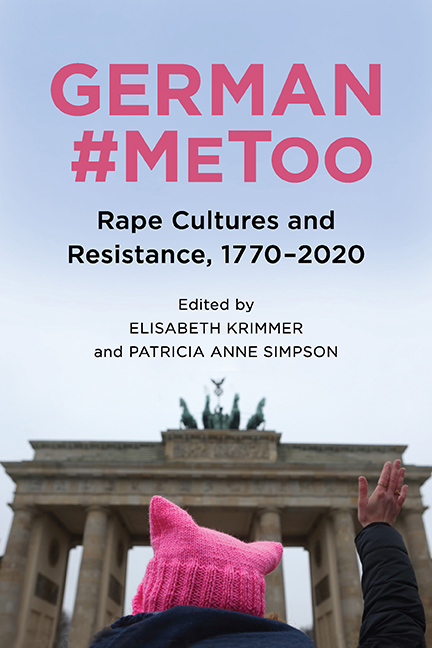7 - Death to the Patriarchal Theater! CharlotteSalomon’s Graphic Testimony
Published online by Cambridge University Press: 08 October 2022
Summary
Life? orTheatre? An IntersectionalTestimony
GERMAN-JEWISH ARTIST Charlotte Salomon (1917–43)recorded her short life in a series of over 1,000works on paper, all while in exile in France over aperiod of two years. She overlaid 330 paintings withhandlettered narratives on tracing paper, while shepainted text directly onto some of the later pieces.This collection, titled Life?or Theatre? A Song- Play (Leben? oder Theater? EinSingespiel), remained relatively obscurefor decades, and it was often categorized asHolocaust art—understandably so, as Salomon wasmurdered at Auschwitz, and her opus is the “largestsingle work of art created by a Jew during theHolocaust,” according to Toni Bentley. But while shedoes reveal the effects of social and politicalviolence on herself and her family in a handful ofthe paintings and texts, the work, despite beingexhibited most often in Holocaust museums, is notabout the Shoah; it is about the artist's and herfamily's tragedies and secrets, about her loves, herartistic inspiration and drive, and about her fearof suicidal depression in the midst of war andexile.
Depression among the women in Salomon's family may havebeen related to domestic abuse. In athirty-five-page letter to her mentor, AlfredWolfsohn, which was only made public in 2015, theyoung artist confesses to fatally poisoning hergrandfather. Of course, all autobiographical worksare creatively mediated memories of personalexperiences, not journalistic reportage. It ispossible that this confession is hyperbolic andfictional; nevertheless, even a murderous fantasyinforms readers of the extreme nature of theartist's feelings toward the old man. And one couldargue that Salomon's letter falls into a differentcategory of life writing than her creative Song-Play, one less prone tooutlandish fabrications. In her letter, Salomonrecords her grandfather's insistence that she sharea bed with him and her feelings of intense aversiontoward him, culminating in the murder. As Bentleyobserves, Salomon writes that it was Herr DoktorLudwig Grünwald, not “Herr Hitler,” who “symbolizedfor me the people I had to resist.” While it isimpossible to substantiate this interpretation,Salomon's Gesamtkunstwerk and confessionalpostscript might well point to a history of sexualabuse.
- Type
- Chapter
- Information
- German #MeTooRape Cultures and Resistance, 1770-2020, pp. 171 - 196Publisher: Boydell & BrewerPrint publication year: 2022

